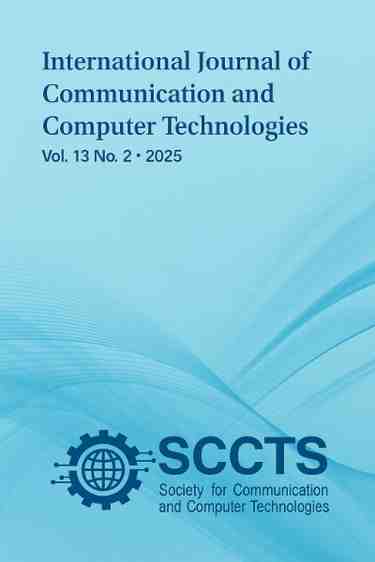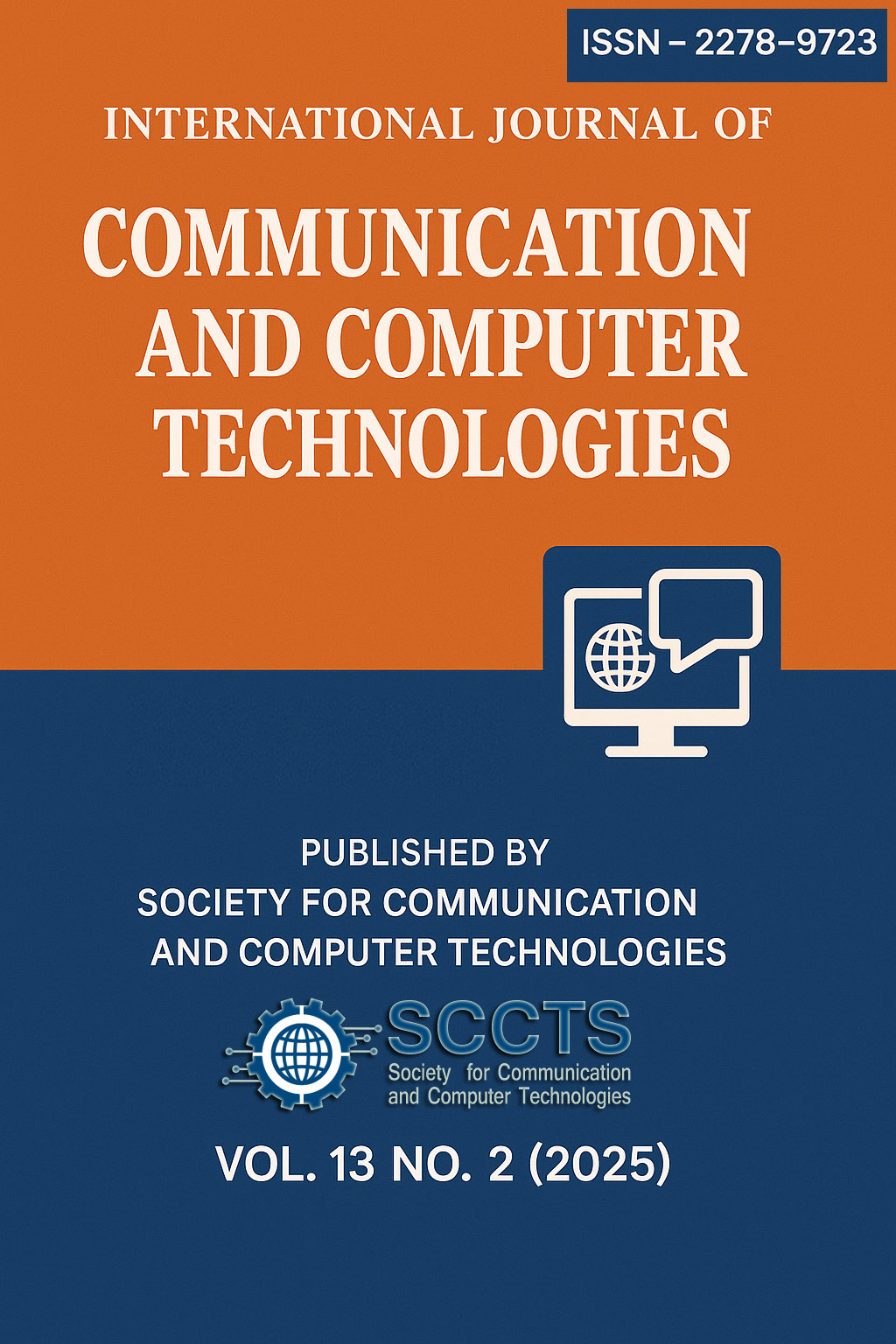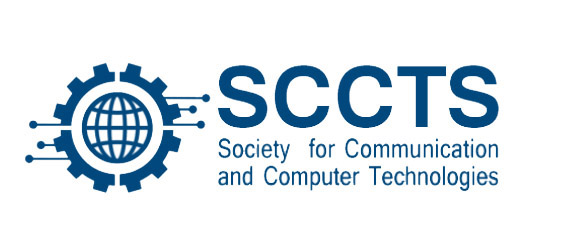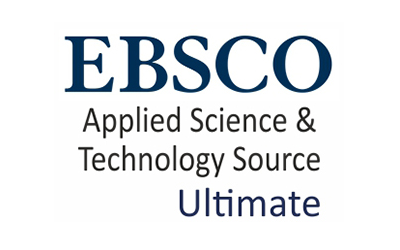About the Journal
The "International Journal of Communication and Computer Technologies (IJCCTS) (ISSN - 2278-9723)," published by the Society for Communication and Computer Technologies, likely has the following aim and scope:
Aim: The aim of the International Journal of Communication and Computer Technologies (IJCCTS) is to provide a platform for researchers, scholars, engineers, and practitioners to disseminate cutting-edge research findings, innovations, and developments in the fields of communication and computer technologies. The journal strives to facilitate the exchange of ideas and knowledge, fostering collaboration and advancement in these rapidly evolving disciplines.
Scope: The scope of the International Journal of Communication and Computer Technologies (IJCCTS) encompasses a wide range of topics related to communication systems, networks, and computer technologies. This includes, but is not limited to, communication systems, computer networks, information theory, signal processing, and wireless/mobile communications. Additionally, it addresses areas such as computer architecture, cybersecurity, the Internet of Things (IoT), and artificial intelligence (AI) applied to communication and computer systems. Through original research papers, review articles, and technical notes, the journal aims to facilitate the exchange of ideas and advancements in these rapidly evolving fields.
The International Journal of Communication and Computer Technologies (IJCCTS) welcomes original research papers, review articles, and technical notes that contribute to the advancement of knowledge and understanding in these areas. The journal follows a rigorous peer-review process to ensure the quality and relevance of published articles.
Frequency of publication - Semi-annual
Language - English
Year of Starting - 2012
format of publication - Online Only
ISSN - 2278-9723





 The articles in Worldwide Medicine are open access articles licensed under the terms of the
The articles in Worldwide Medicine are open access articles licensed under the terms of the 